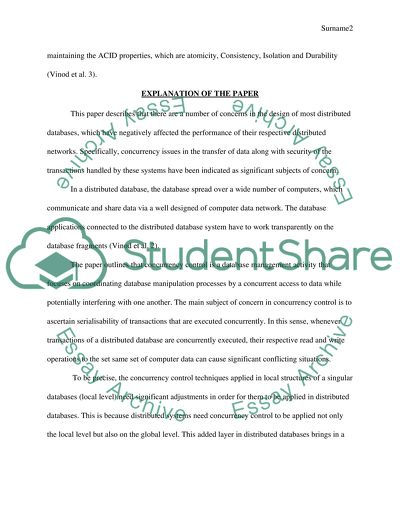Cite this document
(“Distributed Databases Research Paper Example | Topics and Well Written Essays - 1000 words”, n.d.)
Retrieved from https://studentshare.org/information-technology/1649466-distributed-databases
Retrieved from https://studentshare.org/information-technology/1649466-distributed-databases
(Distributed Databases Research Paper Example | Topics and Well Written Essays - 1000 Words)
https://studentshare.org/information-technology/1649466-distributed-databases.
https://studentshare.org/information-technology/1649466-distributed-databases.
“Distributed Databases Research Paper Example | Topics and Well Written Essays - 1000 Words”, n.d. https://studentshare.org/information-technology/1649466-distributed-databases.


